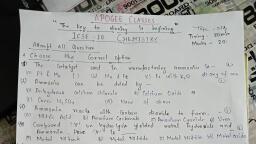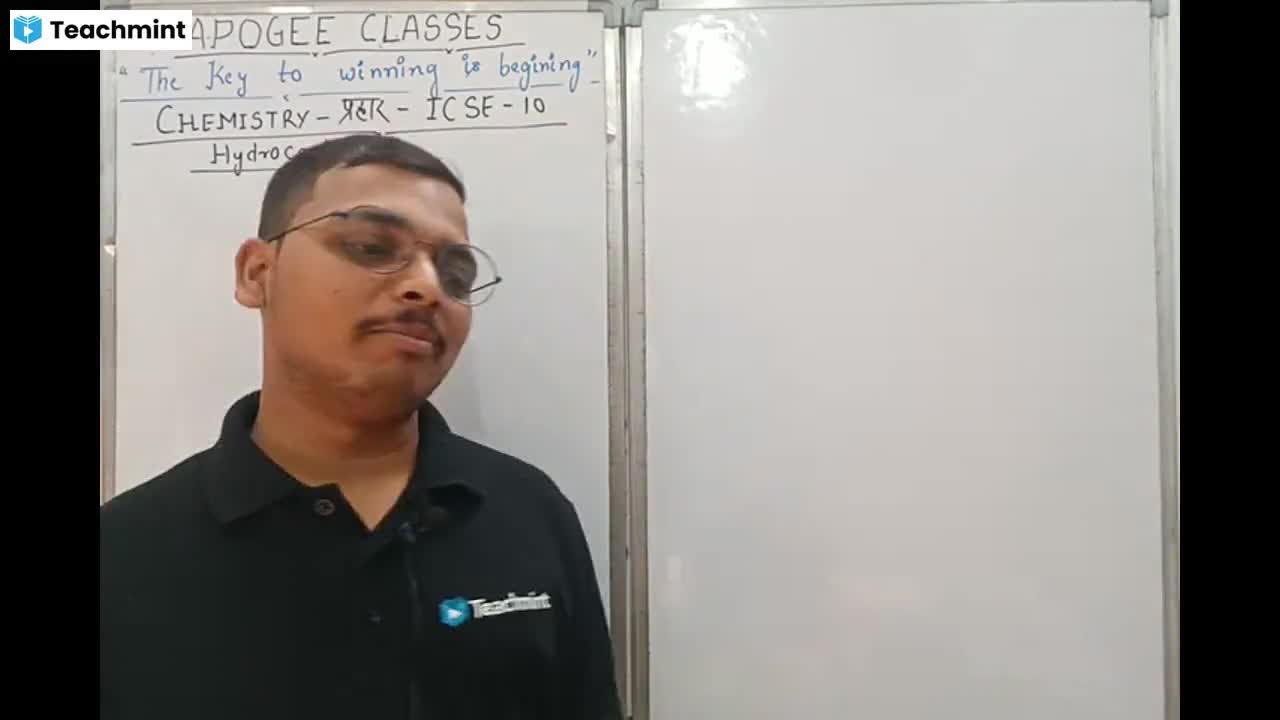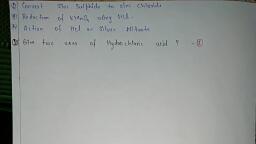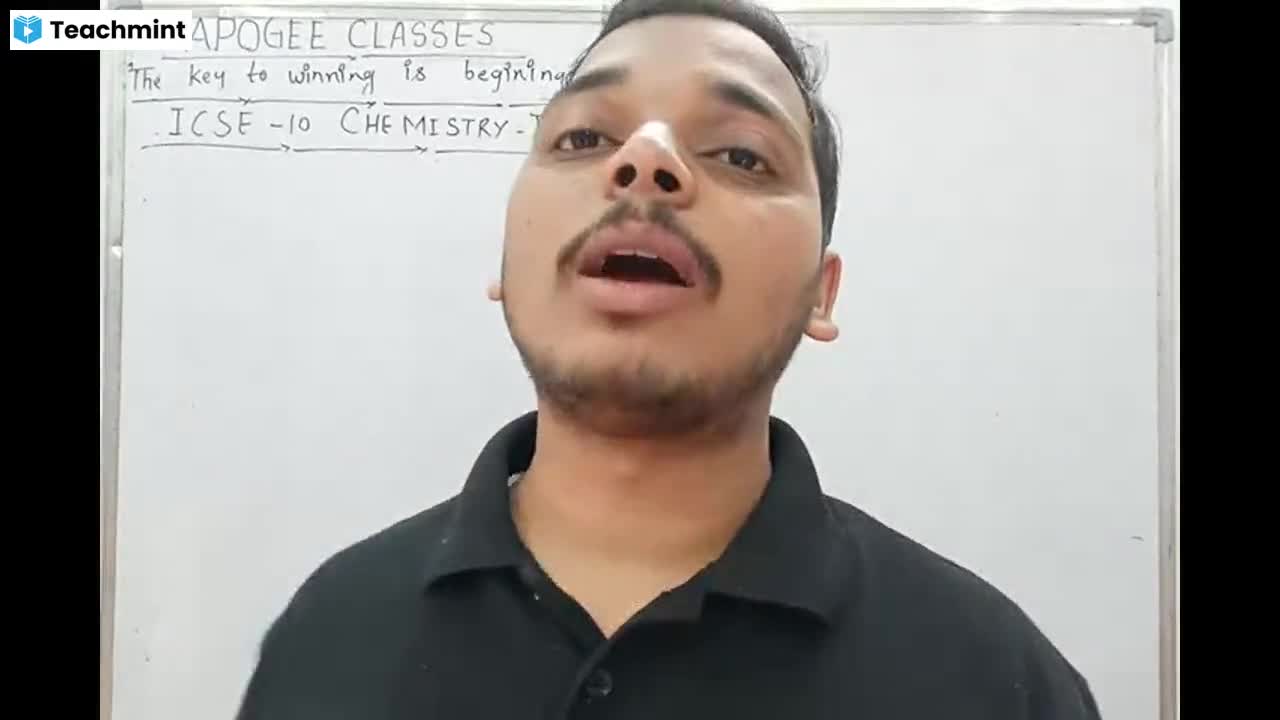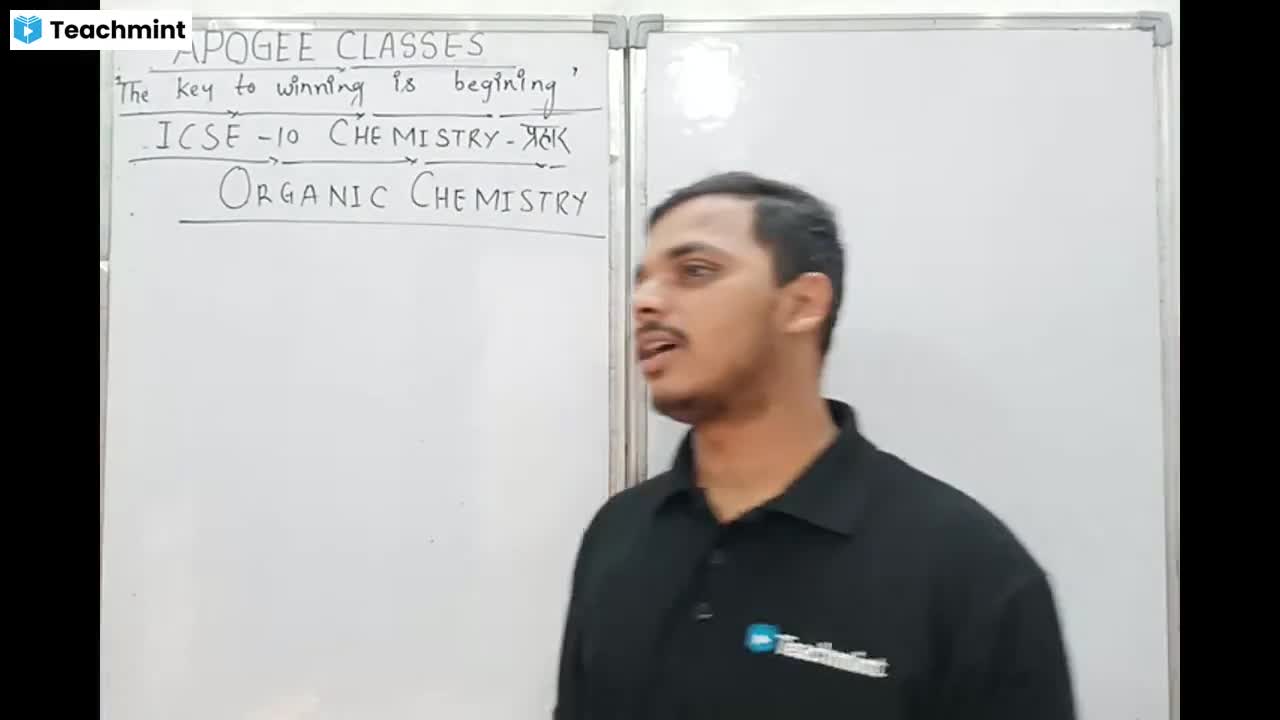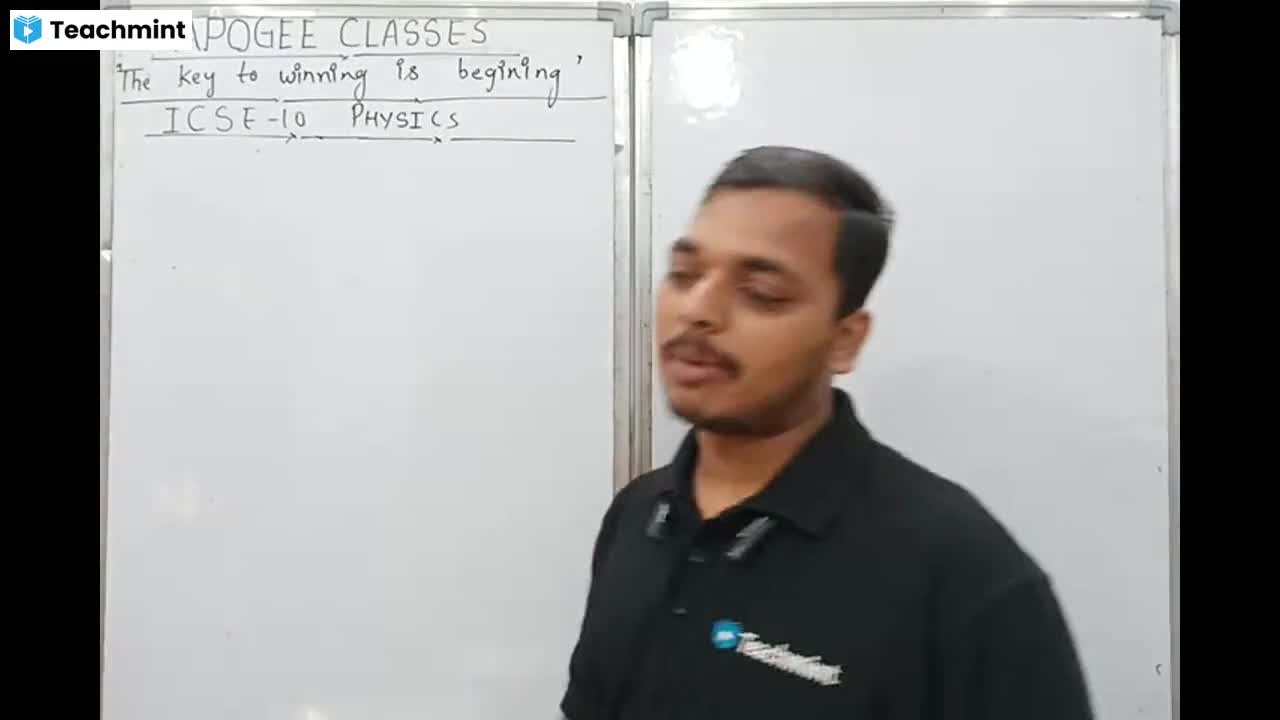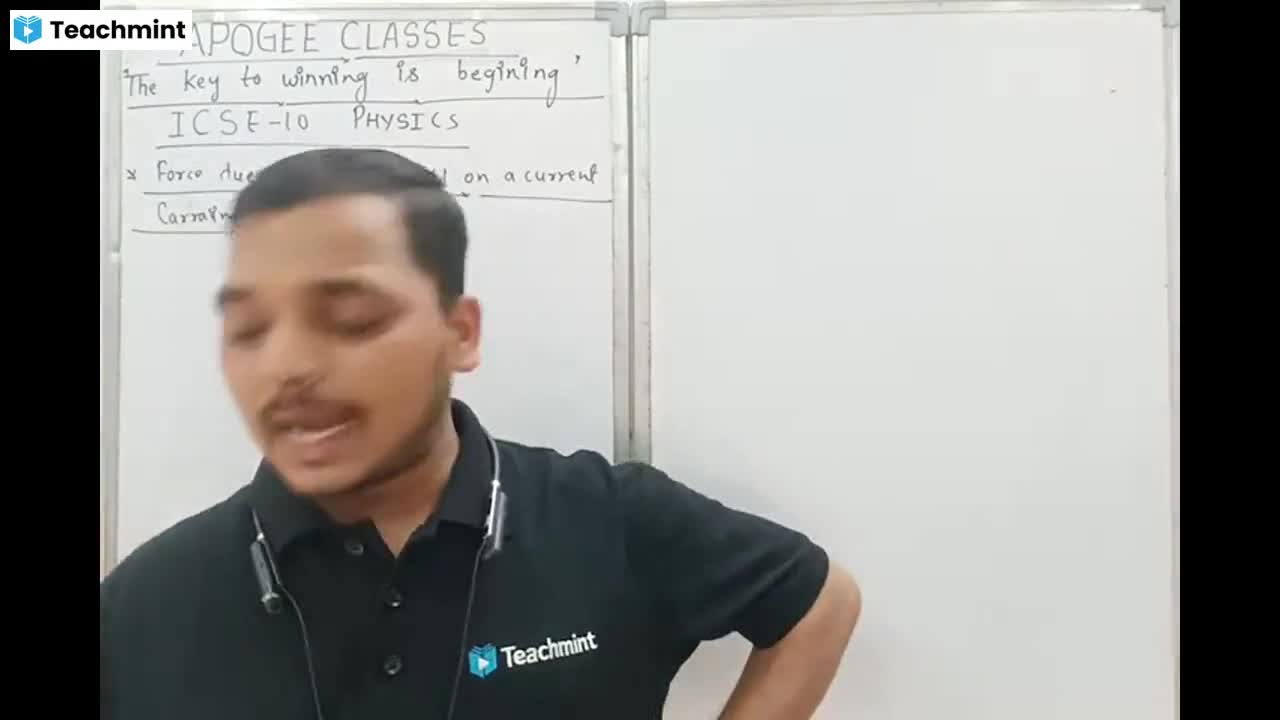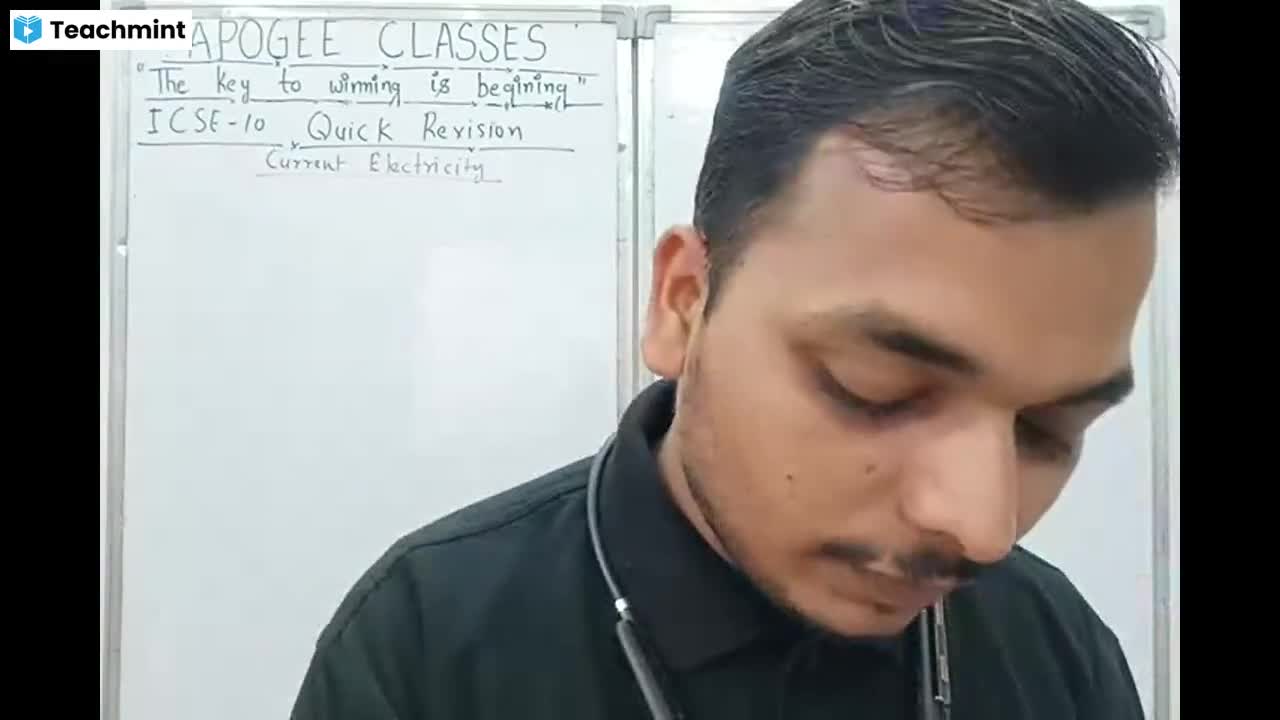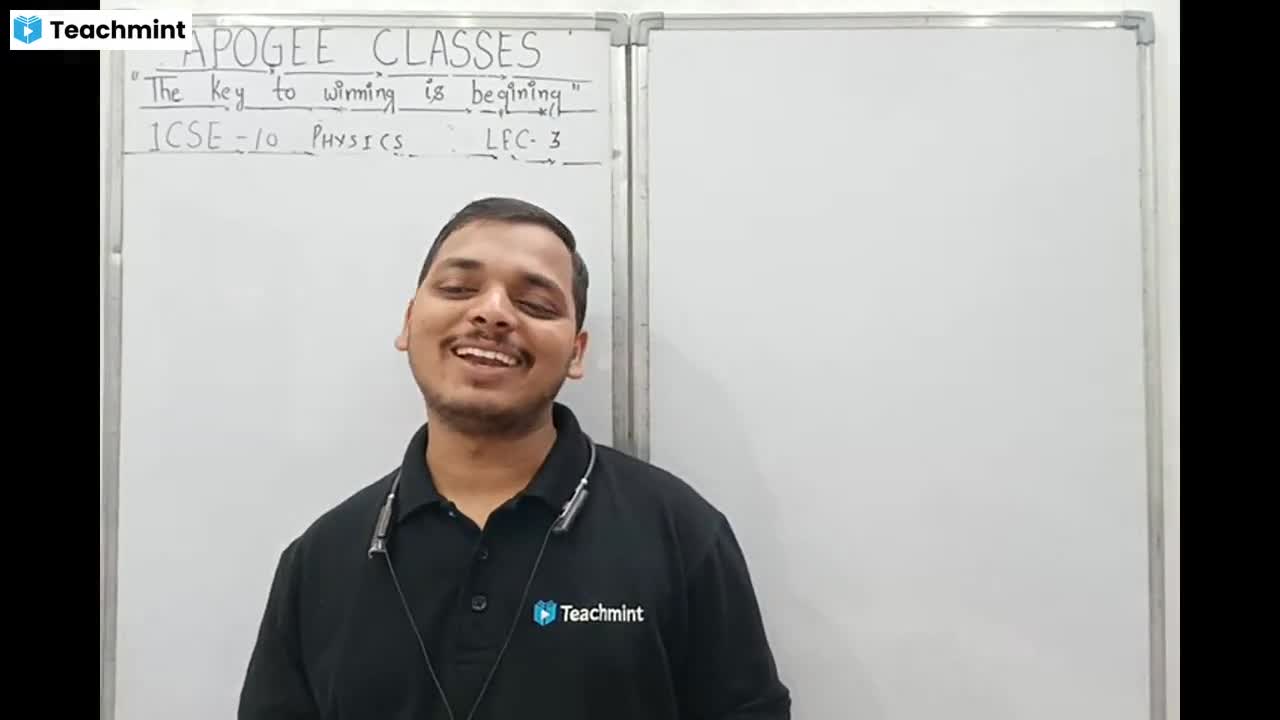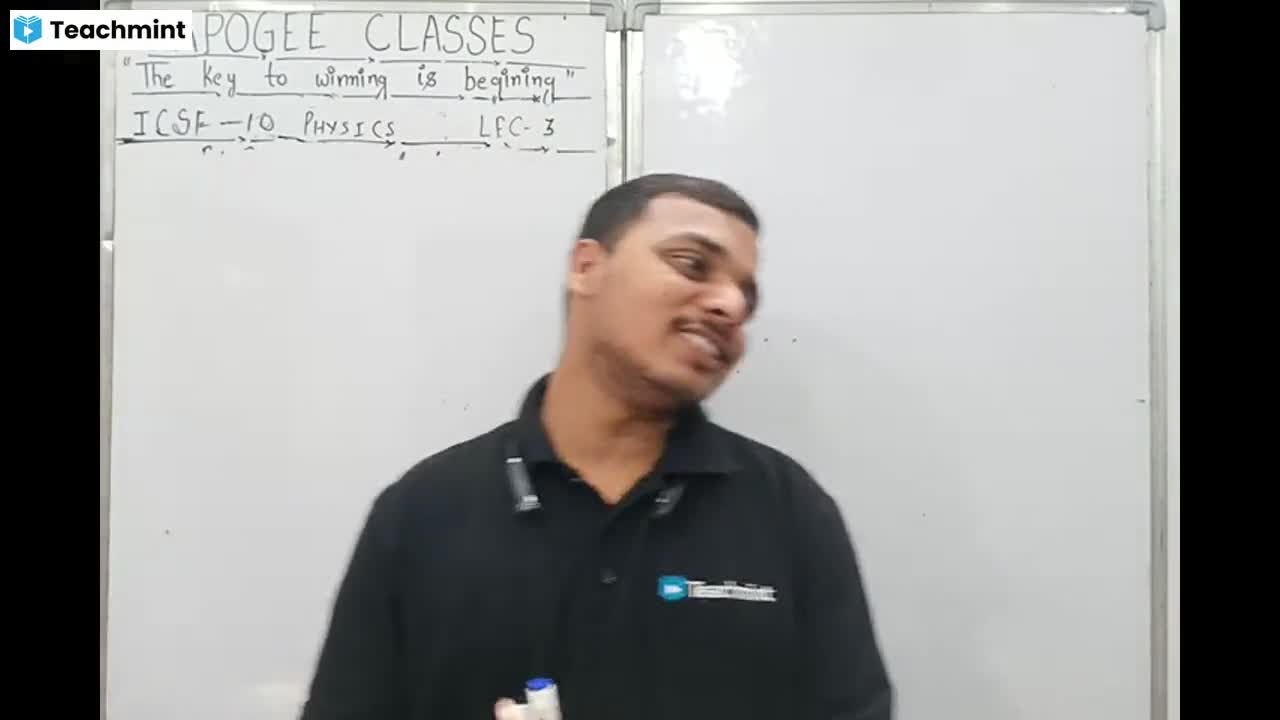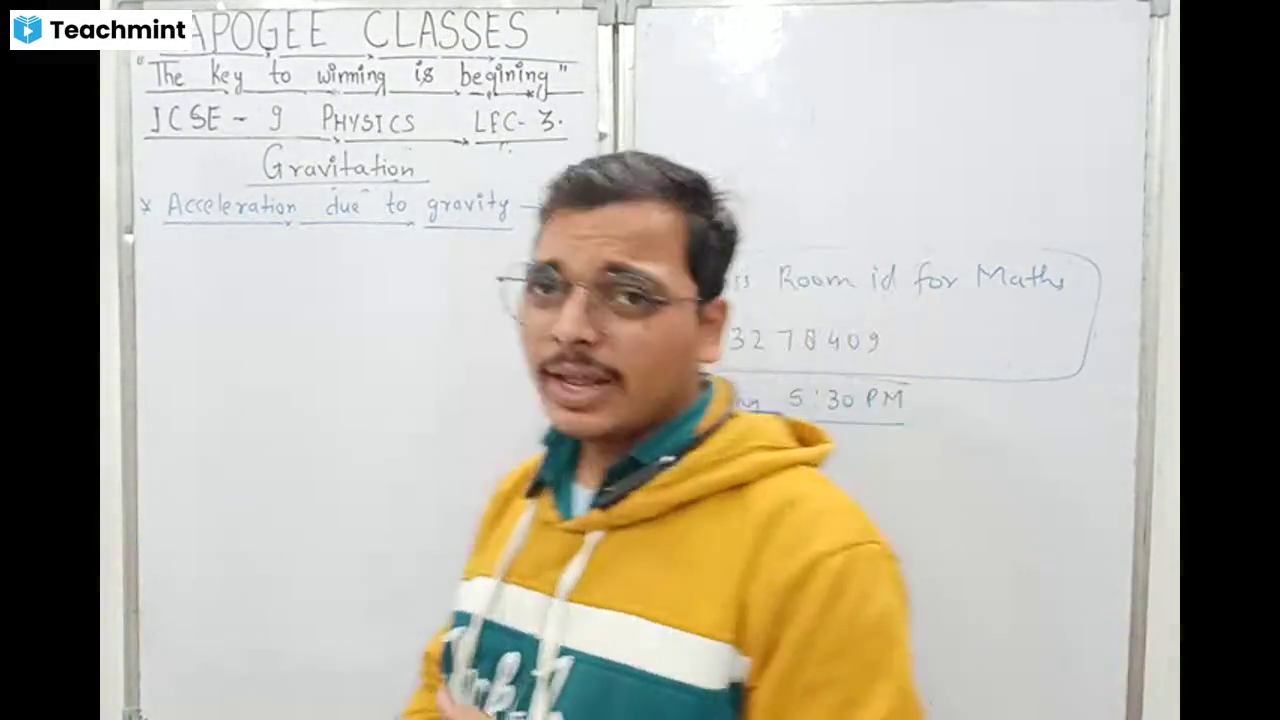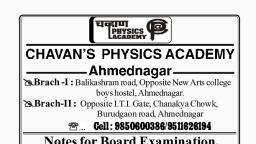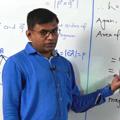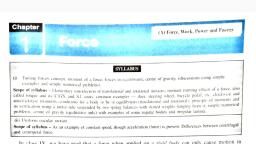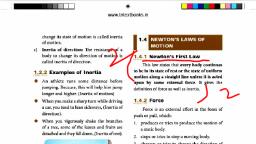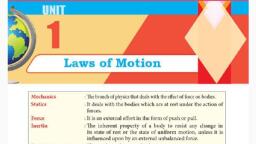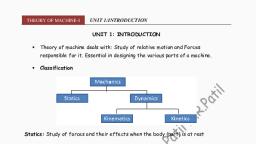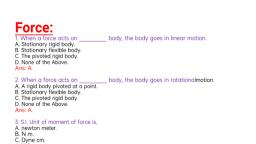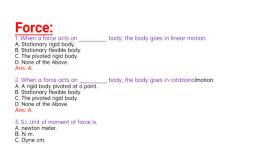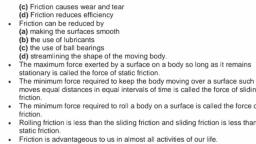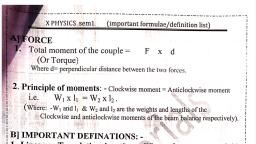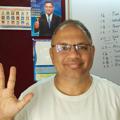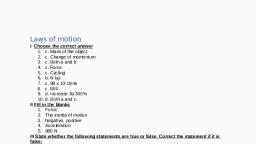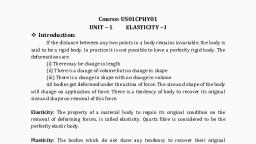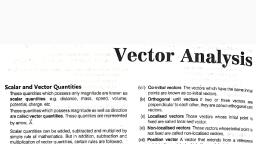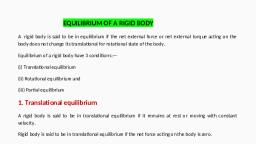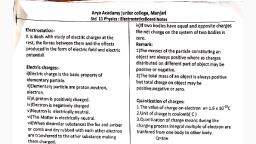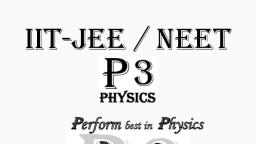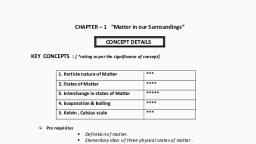Page 2 :
CONTENTS, , , , , , rr, j. Force ~~ I-13, Hots 14-18, , 2. Work, ENERGY AND Power L— 19—32, Hors 33-38, , 3. MACHINES \~ 39—46, Hots 46-51, , 4. CALORIMETRY 52—71, Hots 71-78, , 5. Rerraction of LiHT 79—89, Hots 90-101, , ail uCOs-10, , trunteep's ICSE Physics
Page 4 :
canine, A sal, Force, Choose the correct answer from the options given, 1. The point of action of force on a rigid body is :, , (a) Fixed point on rigid body, , (b) Fixed point but can be transferred any where along, the line of action of force., , (c) Fixed point but can be transferred anywhere along, the direction of force., , (d) Fixed point, but can be transferred anywhere opposite, to the direction of force., , Ans. (b) Fixed point but can be transferred any where along the line, of action of force., , 2. The turning effect produced in a rigid body around a fixed, point by the application of force is called ;, , (a) turning force (b) movement of force, (c) moment of couple (d) none of these, Ans. (b) movement of force, , 3. The unit of moment of force in SI system is :, , (a) Nm (b) dynecm, (c) dynem (d) Nem, Ans. (a) Nm, , , , ceoeanth 2 i ead a oe, ArunDeep's ICSE Physics 1 MOGpIS
Page 5 :
4. The moment of couple is mathematically the :, , (a) product of one force and the perpendicular distance, between two forces, , (b) product of both forces and the perpendicular distance, between them, , (c) product of one force and the perpendicular distance, between the point of application of force and turning, point., , (d) None of the above., , Ans. (a) product of one force and the perpendicular distance between, two forces, 5. The condition for equilibrium is :, , (a) the resultant of all the forces acting on the body be, zero only., , (b) the resultant of moments of all the forces acting on, the body about the turning point should be zero,, , (c) both (a) and (b), , (d) none of the above, , Ans. (b) the resultant of moments of all the forces acting on the, body about the turning point should be zero., , 6. A body is acted upon by two unequal and opposite forces, along different lines of action of force. The body will have, (a) only rotatory motion (b) only translatory motion, (©) both (a) and (b) (d) neither (a) nor (b), Ans. (a) only rotatory motion, 7. A force F acts on a rigid body capable of turning around a, fixed point. The moment of force depends upon, (a) magnitude of force F, (b) magnitude of Perpendicular, point of action of force and the, (c) both (a) and (b), (d) none of these, Ans. (c) both (a) and (b), , ArunDeep's ICSE Physics, , 2 MCQs-10, , distance between the, turning point





